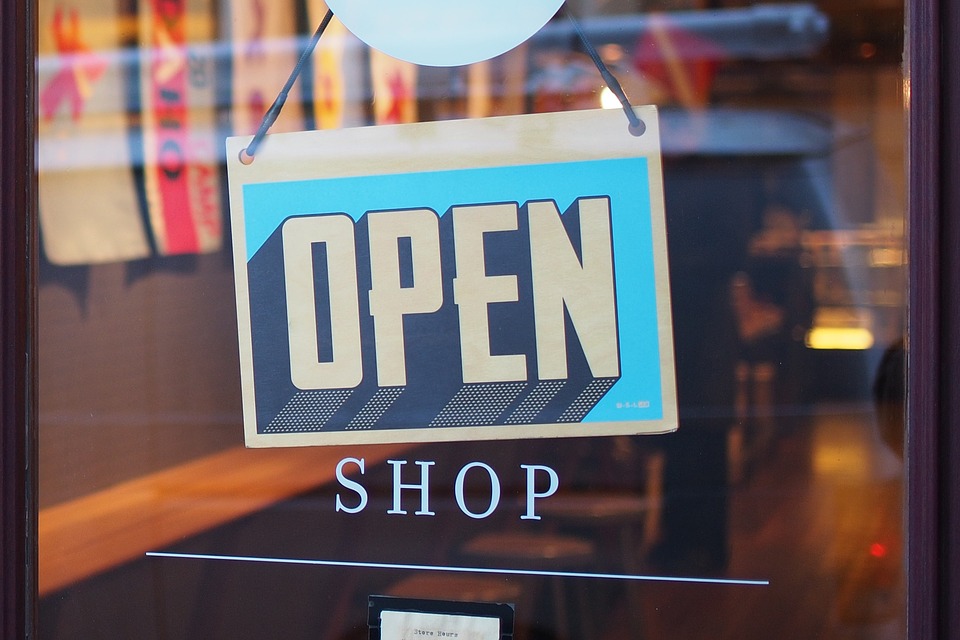An Insight To Retail: The Relationship Between Technology And The Supply Chain

Developments in technology are pioneering the future of the retail industry. But, how has it affected the supply chain specifically? Read on as we explore how technology has transformed and helped businesses maximise their supply chain efficiency, including making deliveries speedier and keeping up with fluctuating consumer demands.
The rise of demanding customers
More so now than ever before, consumers are becoming more demanding than ever before. Many consumers expect convenience from all angles now that they know it’s possible. When they’ve received one service from a business, the bar is raised, and they expect that all their other favourite brands will do the same.
If you’re a retail business that does not offer a next-day delivery option, expect criticism. Once you do have such options in place, this will allow for an efficient supply chain with a well-managed inventory tracking system is essential. And, when it comes to getting in touch with the business, customers expect instant contact through the channels that they’re most used to — Twitter, Facebook and instant messaging platforms.
The first steps of the supply chain
Prior to delivery, all products must be created. In the Digital Age, more products are being tailored to the buyer due to their love for personalised purchases. But, as they still expect a speedy delivery, manufacturing and delivery must be efficient. How has technology created more of an efficient supply chain?
Believe it or not, the progressions in technology have allowed us to store data wirelessly and make use of cloud storage. This prevents delays involving computer crashes and data loss.
The supply chain has grown even further with the help of 3D printing. The process of 3D printing is what people are referring to as a form of ‘additive manufacturing’. This is where there are no wasted raw materials. Through this technique, this type of printing is able to create products with time and material efficiency.
As well as this, new machinery has the ability to run at all times — improving the overall manufacturing process. When it comes to tailored products, this means that they can be created on demand, providing an efficient creation and delivery service.
A look towards artificial intelligence (AI)
As technology continues to influence our business decisions, retail businesses are looking at ways they can adapt their own supply chain to ensure more successful results.
According to 2017 findings by McKinsey & Company, using AI in the supply chain could reduce forecasting errors by up to 50% and overall inventory reductions of between 20% and 50%. This sort of technology can think and learn like humans, reacting to stimuli often without human input, too. In the supply chain, AI is able to assist with packaging, research and development, and inventory management which can help make the process more efficient.
Sangeet Paul Choudary, founder of Platform Thinking Labs, made one comment: “This is especially important in the case of industries like fast fashion, where user tastes change very quickly, and supply chains are usually slower to react. In such scenarios, having a direct link between the actual data being gathered from users about their tastes and what they’re interested in — and conveying that back up the supply chain — means that designers and developers in the business can come back with the right products, in much shorter lead times.”
On top of all this, AI can help businesses with customer insights and other data. Machines with AI abilities can also gather information on location so that warehouses in certain areas can stock more of a product that’s popular in the area. This goes on to improve delivery times and customer satisfaction.
If errors occur within the supply chain, there’s a chance that this could be down to a physical worker and not a machine. AI can eliminate this by keeping track of stock digitally and reporting back to a data handler. This process removes the potential error of miscounting inventory or recording inaccurate information, which could then go onto lead to the wrong amount of stock being replenished.
For example, dresses retailer QUIZ have already improved their supply chain and saw great results. The brand says that its 180,000 sq. ft distribution centre in Glasgow provides “a strong platform to support future growth”. The company also uses insights and live data on product performance to allow “informed key buying decisions to be made quickly”. QUIZ also implements a test and repeat approach to its supply chain so that it can “introduce new products to stores and websites within weeks of identifying trends and reorder successful products quickly.” With this success, they were able to start QUIZMAN which sell men’s shirts.
The impact on employees
Many people believe that the advancements of technology are having an impact on jobs — which is completely understandable.
Of course, some industries have experienced a reduction of jobs. At Amazon, for example, employees who were once in charge of securing multimillion-dollar deals with brands have been replaced with software that can predict exactly what shoppers want and how much should be charged.
However, there is another area that must be looked at. The huge warehouses that store products require people to manage them. For example, when John Lewis opened two new distribution centres in Milton Keynes in 2016, 500 new jobs were created as a result.
Computers can’t offer compassion or understand clients’ needs in the way that humans can, for example. And people are still required for product delivery, as well as for offering after-sales services.
What does the future look like?
To ensure they deliver the most exceptional service possible, retailers will likely review their current supply chain and make room for improvements. When it comes to AI, any platform that has access to customer insights and data has the ability to connect directly to manufacturers to integrate and better inform the process.
You also may see more investments in warehouse space too — as this will ensure greater delivery response. As more people want the same amount of choice at a higher speed, this means that warehouses must stock a wide range of sizes, colours and styles at each of their locations — in close enough proximity to anyone who orders. In fact, there are already massive distribution centres, equal to the size of a town, which logistical networks that pick products from the shelves and send them on their way to customers.
Sources
https://internetretailing.net/themes/themes/quiz-set-out-its-omnichannel-approach-ahead-of-stockmarket-flotation-15487
https://cdn.businessoffashion.com/reports/The_State_of_Fashion_2018_v2.pdf
http://fortune.com/2017/09/01/supply-chain-manufacturing-technology/
https://www.arnoldmachine.com/6-exciting-advances-manufacturing-automation/





